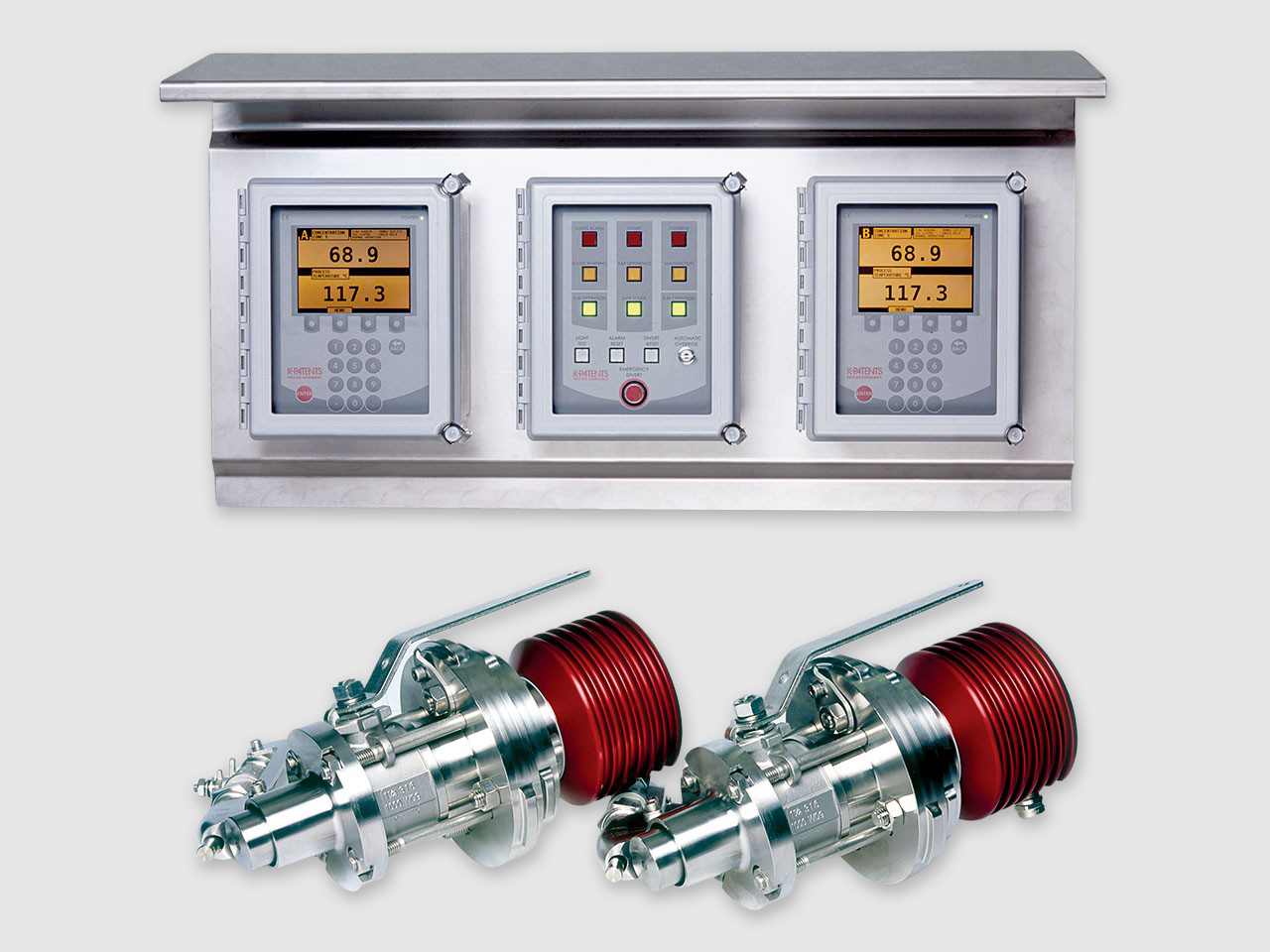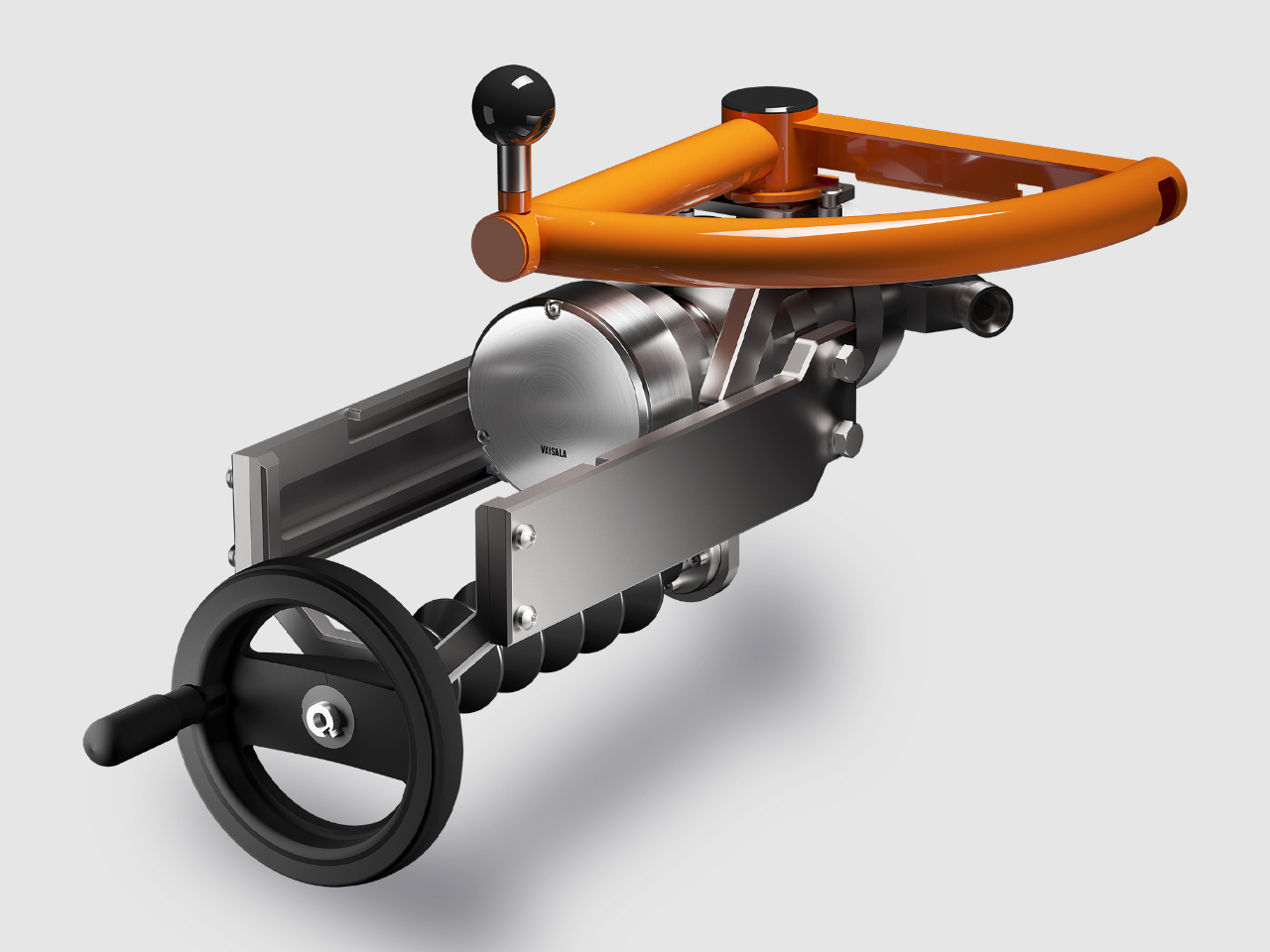Video Q&A: Brown Stock Washing (BSW) webinar series
In this video you will receive all the answers to questions asked during our September 8th webinar on Brown Stock Washing: The Importance of brownstock washing and dissolved solids optimization for pulp mill efficiency, you will also have an opportunity to ask a few questions yourself or simply view the webinar. In this video/blog, Kimmo Koivula and David DiCorpo will focus on questions in relation to refractometer measurement, product specifications, and installation. Below are your answers, organized by topic.
For further reference on the topic of Brownstock Washing,
- Entire Brown Stock Washing Webinar Series
- Pulp Paper and Wood Industry
- Process Refractometer PR-23-SD
Measurement Technology
Q: Is the measurement affected by the mix in the digester, containing pulp and suspension solids?
A: The refractometer is not affected by the mix of pulp and unsuspended solids.
Measurement
Q: Can you confirm total organic carbon found as "dissolved" solid or suspended solid?
A: We measure only the dissolved part (liquid). This is what is really being washed away and this is why the refractometer is ideal for wash performance analysis.
Q: Tappi has papers that reveal that conductivity is not a reliable indicator of soda loss into the bleach. This is part of your TDS measurement. Do you have data that shows how the refractometer is superior to the conductivity measurement?
A: There are several papers that include a comparison of conductivity and TDS. In addition to those of TAPPI, the papers written by Riku Kopra et.al. include comparisons between conductivity and TDS and can be found here. There are experiences showing that TDS is a more convenient indicator of soda/organic material into the bleach, and we are working on getting more data comparing the conductivity/TDS and bleach response.
Q: What is the minimum number of measurement points you recommend to get benefits of reduced carryover?
A: Even a single refractometer can help with this to control the DF accordingly. But a more comprehensive set of measurements will help to reduce carryover even further and optimize the Dilution Factor.
Q: Can I use the refractometer output to automatically adjust the wash water amount going to the washer?
A: Sure, you can adjust the water amount or dilution factor to a single washing stage or for the whole washing line. As the refractometer’s technology is totally digital, you won’t experience any calibration drift. It is a reliable measurement to be used directly in a control.
Q: How to measure pulp out from the pressure filter where pulp goes to re-pulper as a cake?
A: Pressure filter tends to have very high consistency in the output filter, meaning there is little or no water in it. In these cases, it is preferable to install the refractometer after the re-pulping or after the dilution where the refractometer measures from the liquid part of the pulp slurry. Another option is to measure the last filtrate coming out from the pressure filter, and measure the TDS in the filtrate, which is quite close to the pulp leaving the filter. However, this depends a bit of the set-up after pressure filter and also of the kind of dilution used. A refractometer measures always from the liquid phase.
Q: Is there any difference from an optimization point of view if the mill is running hard wood or soft wood?
A: There is no difference from optimization, measurement or control wise, but for refractometer calibration, there is a slight difference as the chemical composition of these raw materials is different.
Q: How do you differentiate the TDS readout to reflect the variables (i.e. after delignification step) since it measures everything and not just one component of the pulp)
A: We measure the Total Dissolved Solids and use that as a variable. To differentiate organic/inorganic material we would need to use another measurement principle as well such as conductivity.
Q: Do you connect the refractometer to DCS directly?
A: That is the most common way to do it. The refractometer output is connected to the DCS using 4-20 mA or, if you prefer, digital communication is available as well.
Q: Does Vaisala develop a sanitary version of the refractometer?
A: Yes, we have different models available. For pulping we have retractable sensors, and they can be removed without having to valve off the liquor piping or open bypass valves (as per the BLRBAC recommended good practice of Safe Firing of Black Liquor in Black Liquor Recovery Boilers).
Product
Q: What is response time for typical refractometer.
A: The refractometer takes a measurement every second, so the response time is immediate.
Q: Are there consistency maximums that the refractometer is limited to?
A: The refractometer can be used from low to medium consistency - up to ~15 %. High consistency pulp doesn't have enough liquid for the measurement.
Installation
Q: What are the most common installation problems?
A: As the measurement is not affected by flow velocity, bubbles, or turbulence the installation be done in a variety of locations. Problems might occur if the prim gets coated due to process disturbances for example. This is why a prism cleaning system possibility (wash nozzle) is recommended for the filtrate lines.
Q: Is a wash system needed for pulp stock TDS measurement?
A: Wash system is not needed in pulp stock installation as pulp fibers will keep the prism in the sensor tip clean. For installations in the filtrate line, we recommend having low-pressure steam wash as pipelines tend to get some scaling over time. The wash can be set to a certain wash cycle to keep the prism clean.
Q: Does it matter is the sensor is installed in a horizontal or vertical line?
A: Generally speaking, it does not matter if the line is vertical or horizontal as long as the pipeline is full. It is a good practice to have the sensor at an angle against the flow so that the fibers keep the prism clean.
Q: Will the installation location for solids measurement be the same for batch and continuous digester?
A: Yes, the locations are the same as the material flows are the same; incoming cooking chemicals and chips, and outgoing pulp slurry flow. The difference comes with continuous digester, where the liquor extraction goes to the evaporation from the digesters. Continuous digesters have circulation lines where refractometers can be utilized to monitor the chips cooking process and the lignin dissolving from the chips. If there is a circulation line on the batch digester, you can monitor how the cooking is progressing.
Q: Is the implementation of TDS to existing washers easy? Can we do it ourselves in the mills or will Vaisala install them?
A: The installation can be done by the mill during a shut-down, carefully following Vaisala’s installation instructions. Vaisala can also do the installation or consult the mill for the best installation position considering pipe flow rate, ambient temperature, and other requirements.




Comment
Yield and efficiency improvements often start with real-time, reliable measurement. Vaisala’s process refractometers are widely used in pulp mills, and while the Brown Stock Washing line is a quite new installation position, they are particularly useful in the Brown Stock Washing line. We know from independent studies, that the effects are cumulative; small adjustments will bring huge savings. You can find references and some figures from our Brown Stock Washing eBook https://www.vaisala.com/en/industries-applications/pulp-paper-and-wood/brown-stock-total-dissolved-solids-measurement/bsw-ebook. But, the bottom line is, that you can only optimize and improve, and take other necessary actions when you know your yield and efficiency.
Kind regards, Kimmo
Add new comment